Grapes (Vitis sp.) on Nov 10, 2010
Submitter does not have a specimen
EDRR Status: Local expert notified
Description of specimen
I have seen this vine from Big Bend, east of Foster Bar on Rogue River, down past Agness, though I doubt it is limited to this area... I first noticed it engulfing an oak tree on private property, then along the Rogue River trail at Illahee. Ironically, I noticed it also completely suffocating some Himalayan blackberry. It usually appears close to the river, within 100 feet or so, but not strictly. I don't know what it is...the leaves are shaped like a grape leaf (not Oregon grape) and I have seen some green, grape-like fruit on its stems. I thought it might be a kind of knotweed, but the grape-looking fruit threw me off.
The pictures I am attaching are from below the confluence with the Illinois River on the north side, below Agness about 1/2 mile. There is a small sand alcove where it was climbing up a rock face and overtaking an alder about 20 feet tall on the bank.

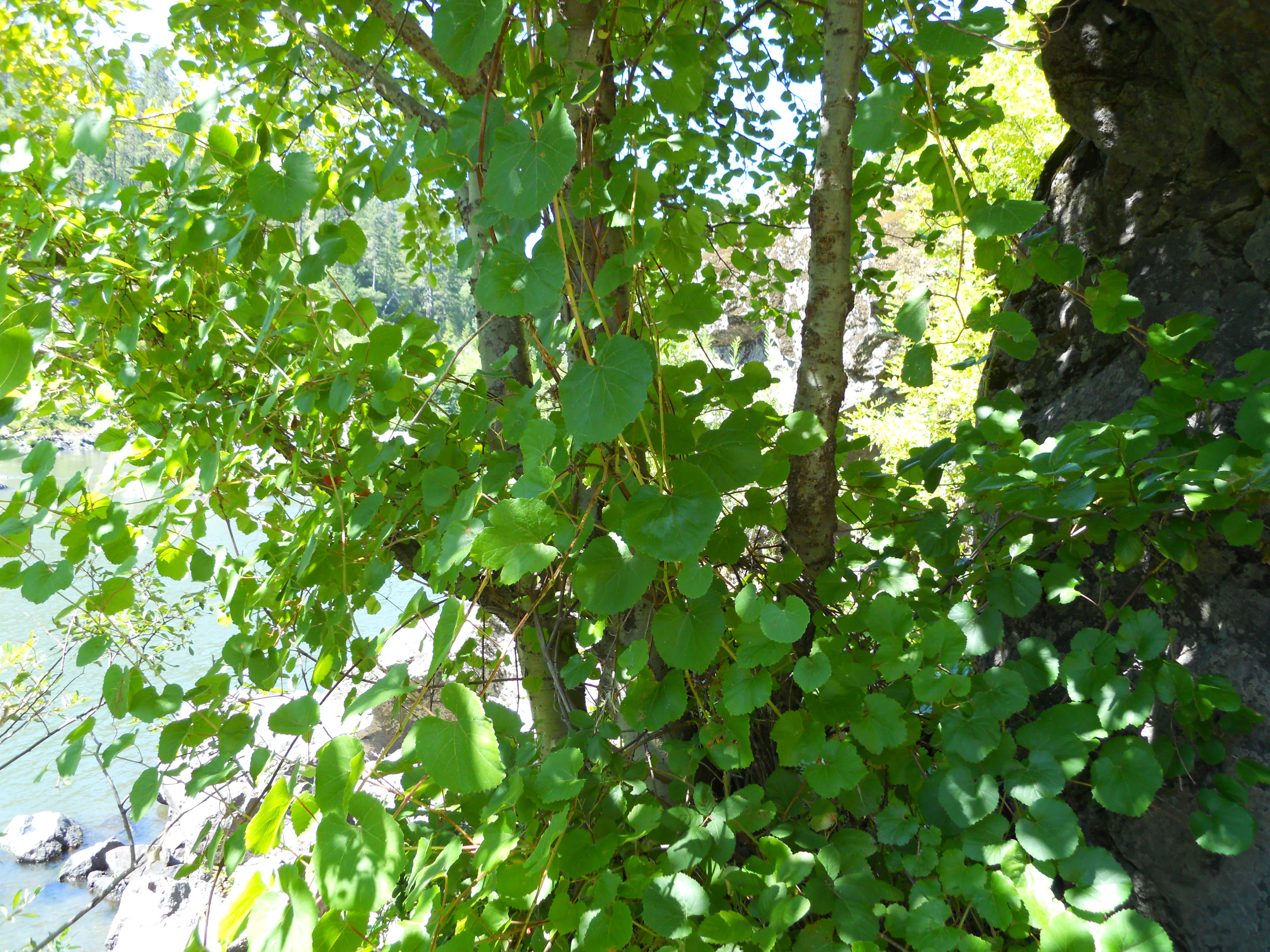
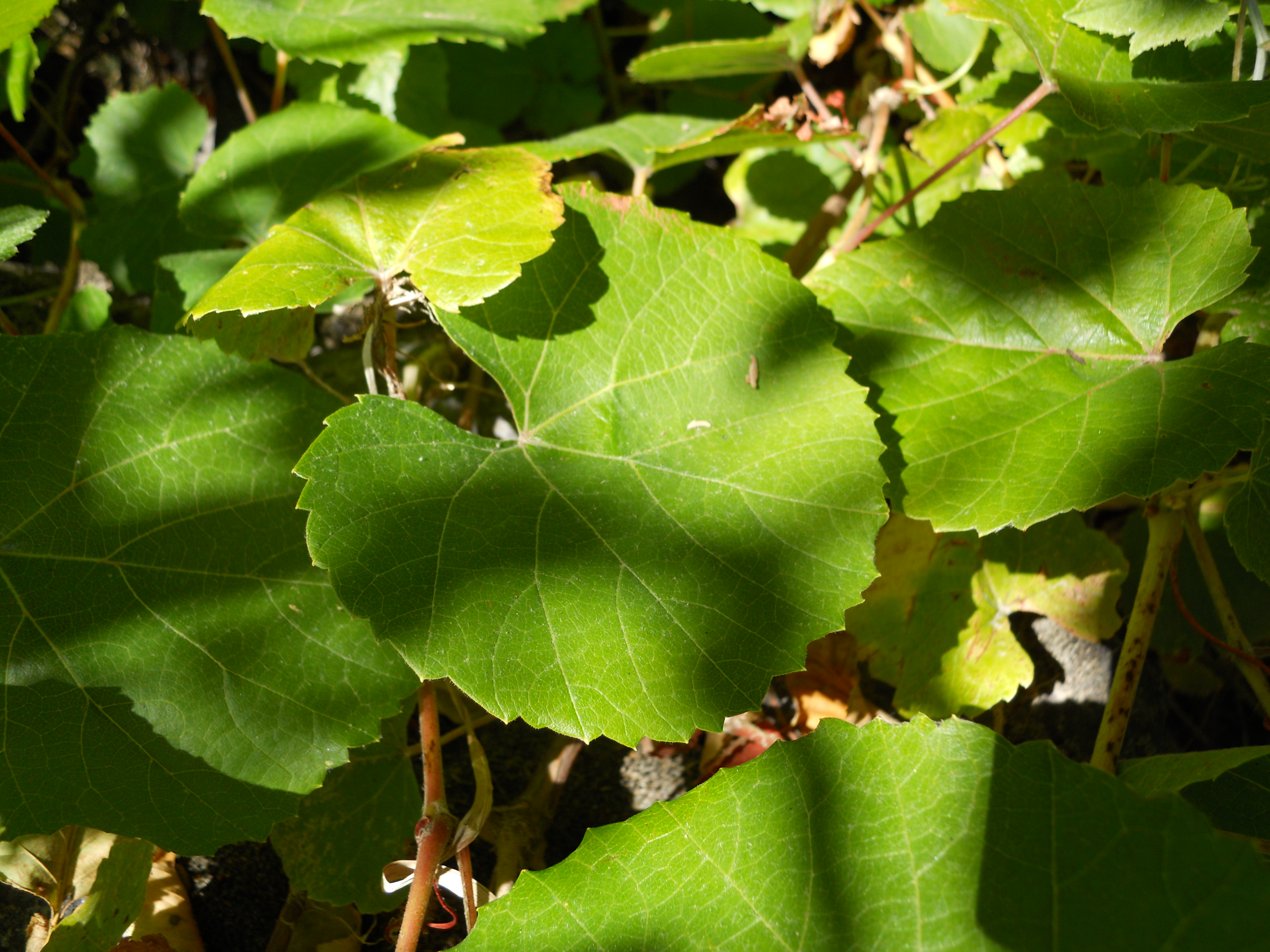
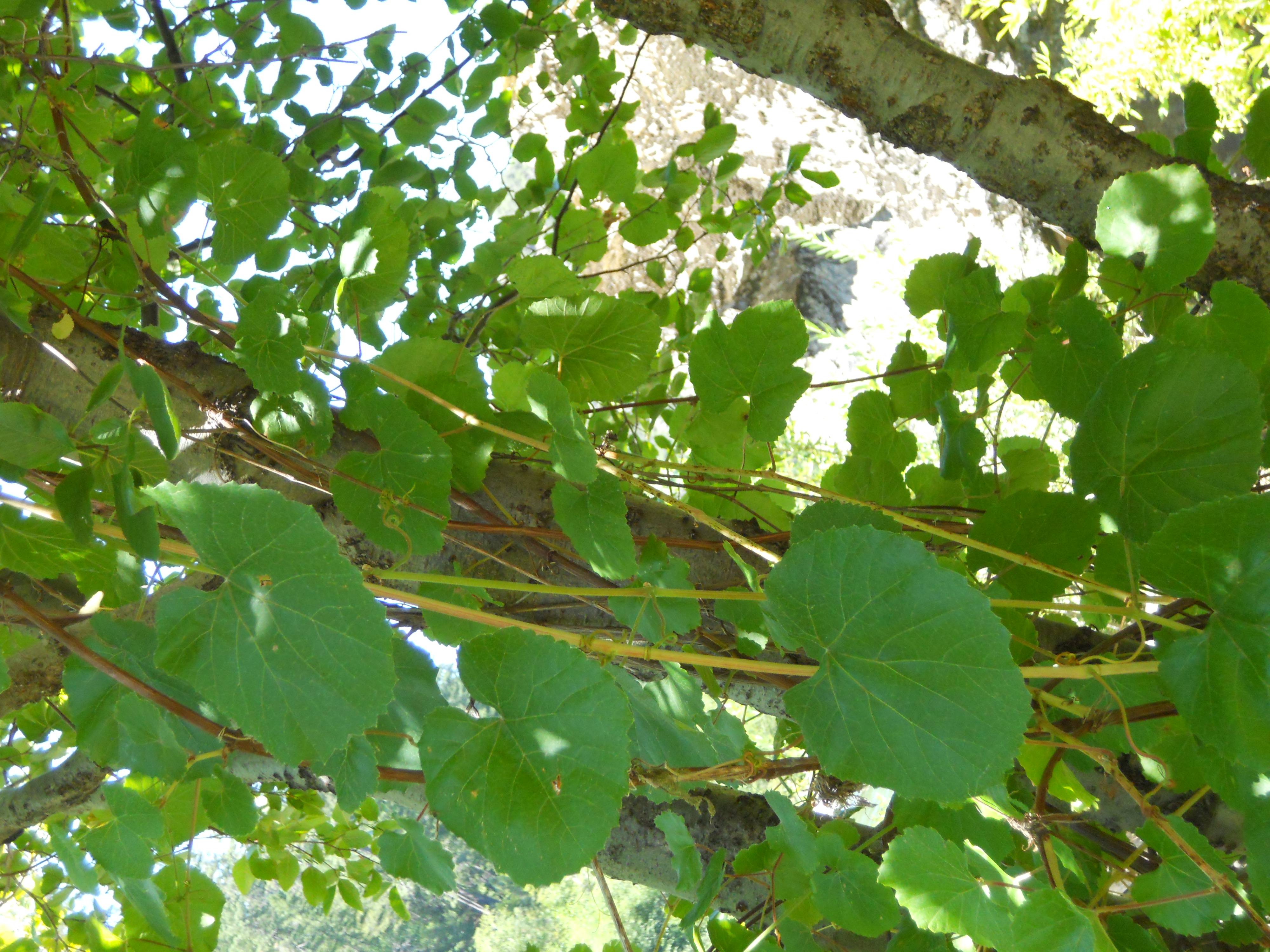
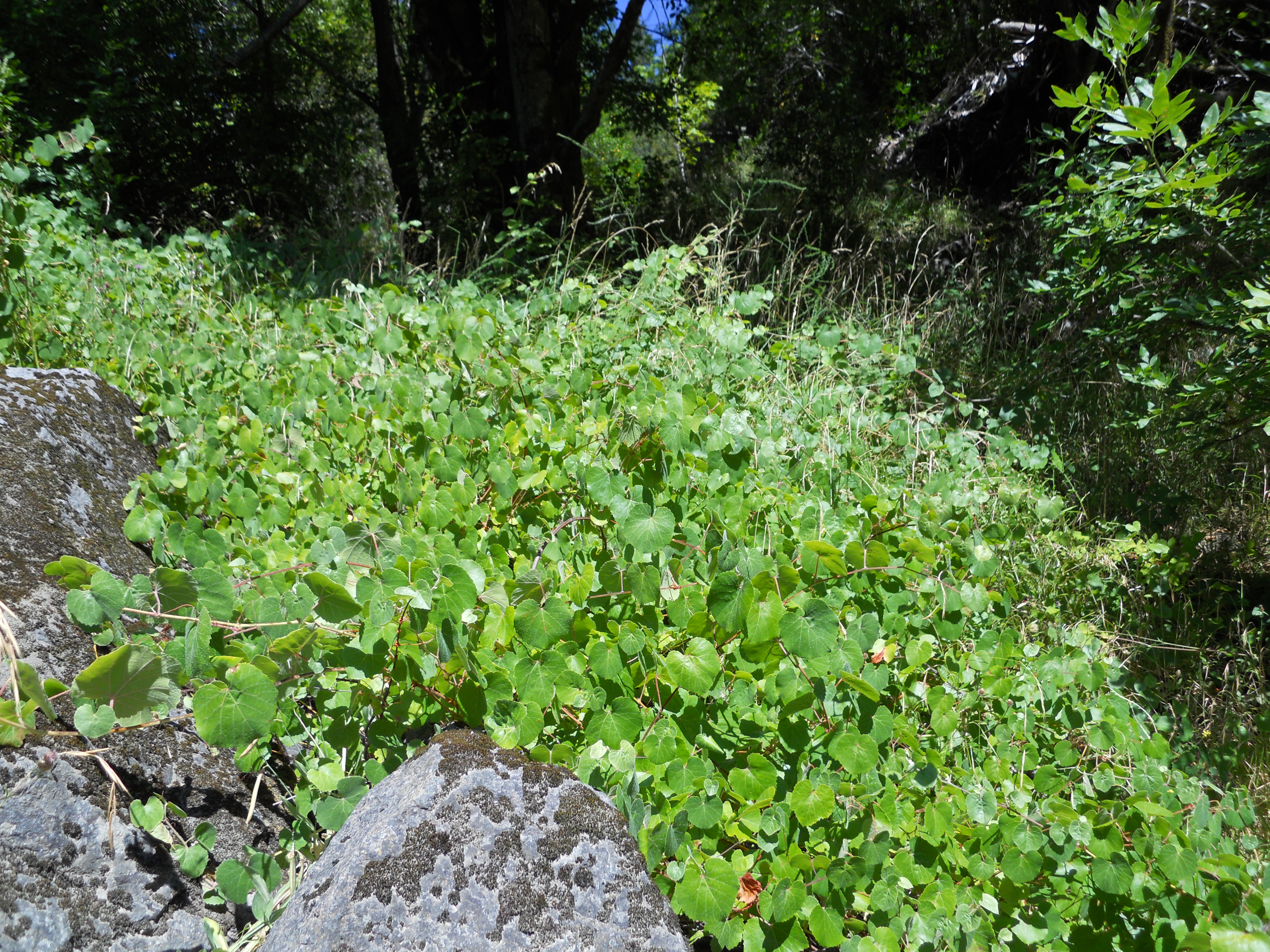
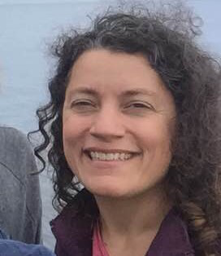
Reporter
Nov. 10, 2010, 7:02 a.m.
Thanks for this report. I have shared it with several botanists to see if they can help. I'll let you know what they say.
Thanks!
Tania
Tania Siemens
Invasive Species Early Detection and Rapid Response Coordinator
The Nature Conservancy
WISE Program Coordinator (Watershed and Invasive Species Education)
Oregon Sea Grant Extension
tania.siemens@oregonstate.edu
541-914-0701
Tania Siemens
Nov. 17, 2010, 11:11 p.m.
I shared your report with Jeanne Stanley, a botanist at the Bureau of Land Management in Coos Bay. I pasted her response below.
Jeanne Stanley said:
Hi Tania,
It appears to be a grape vine. As you know there are a tremendous number of
grape varieties, so identification could be challenging. The keys we
typically use do not include these varieties. There is a California wild
grape Vitis californica that is native to Northern California, so I would
not be surprised to find it in that area. However, I could not positively
identify it from the pictures. In Weeds of California and Other Western
States, they note that there are some species of grapes that have been
found in wildlands - Vitus rupestris Scheele is known to escape cultivation
(uncommon) in the northern coastal areas.
My advice is to keep an eye on it. If it increases substantially from one
year to the next, it is probably time to consider an eradication program.
My compliments to the person reporting the plant. They did a nice job on
the photos and the report.
Jeanne Standley
OR/WA Weed/Invasive Plant Coordinator
Coos Bay District Weed Coordinator
(541) 751-4283
Cell (503) 501-8351
Coos Bay BLM
1300 Airport Lane
North Bend, OR 97459
Tania Siemens
Nov. 22, 2010, 8:35 a.m.
In your report you ask about how you can get involved in invasive species removal in the Rogue River area. In Jackson and Josephine Counties there are a number of folks that are quite active in invasive species early detection and control, and have initiated a group called the Early Detection Network. They are looking for people who can look for and report new invasive species so we can control them before they become a problem. I will share your interest with them and they can let you know of upcoming stewardship opportunities.
One very important issue right now is a recent infestation of garlic mustard along the Rogue River. Your help would be more than welcome looking for, reporting, mapping, and controlling this plant. Check out this link http://www.westerninvasivesnetwork.org/pages/cwmapage.php?region=jackson to learn how to identify garlic mustard and the many other "early detection" species in that area. We will be holding a volunteer training next spring where we will go over identification and reporting of these species. I'll let you know the training date once it is determined. Thanks and feel free to contact me with any additional questions.
Take care,
Tania
Tania Siemens
Invasive Species Early Detection and Rapid Response Coordinator
The Nature Conservancy
WISE Program Coordinator (Watershed and Invasive Species Education)
Oregon Sea Grant Extension
tania.siemens@oregonstate.edu
541-914-0701
Tania Siemens
Nov. 22, 2010, 8:45 a.m.